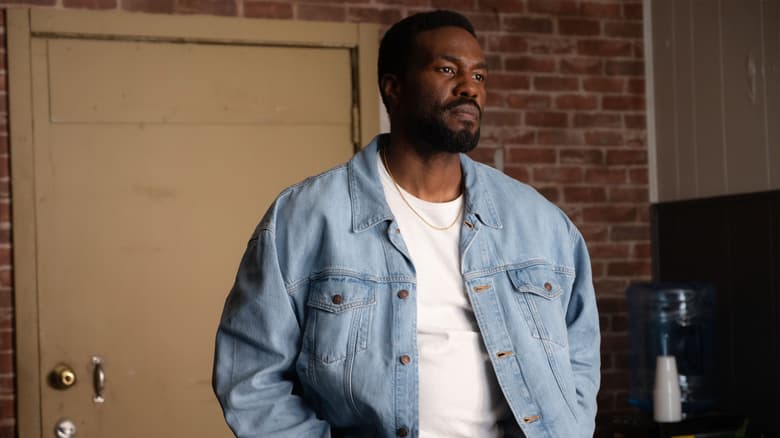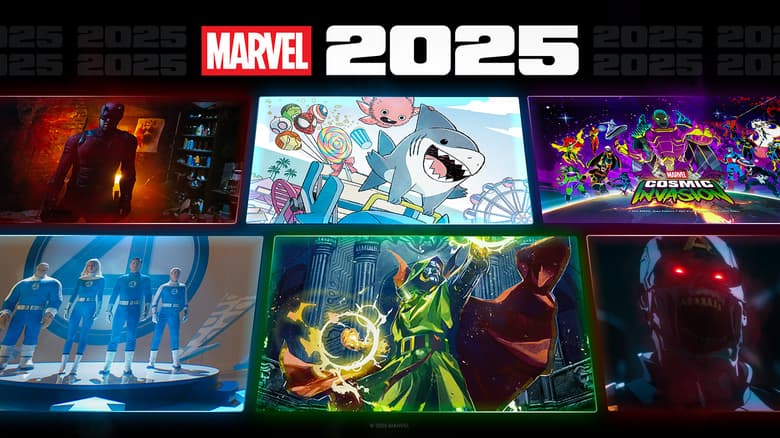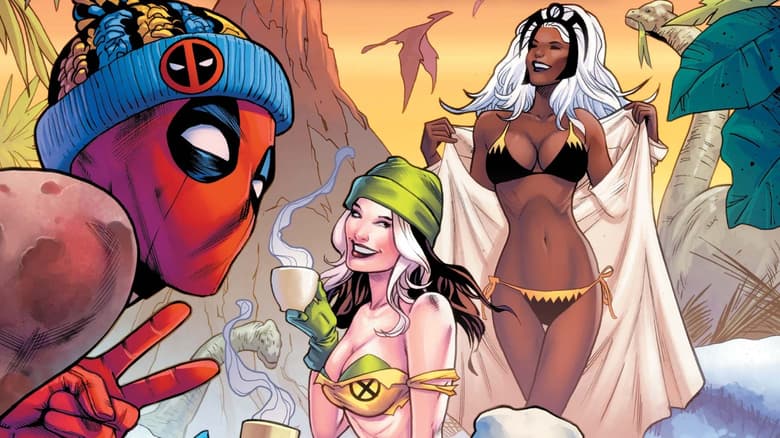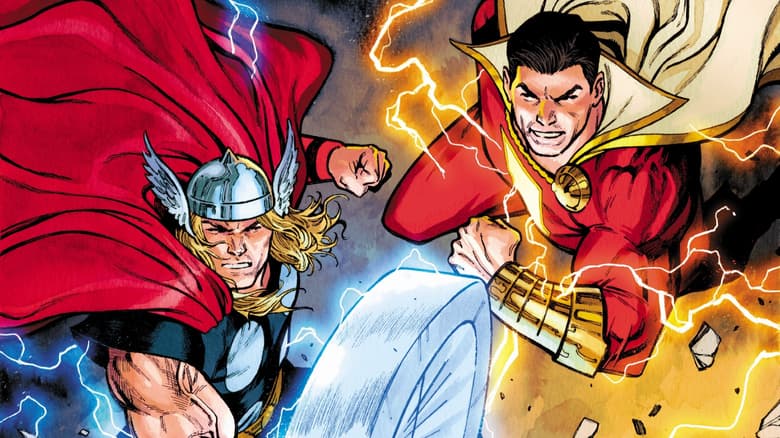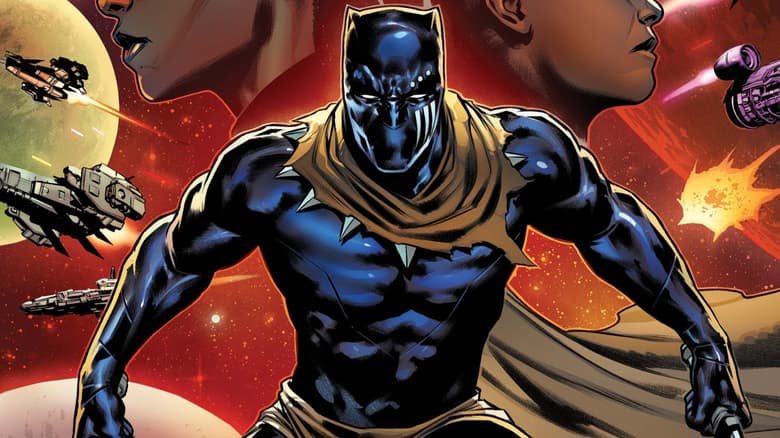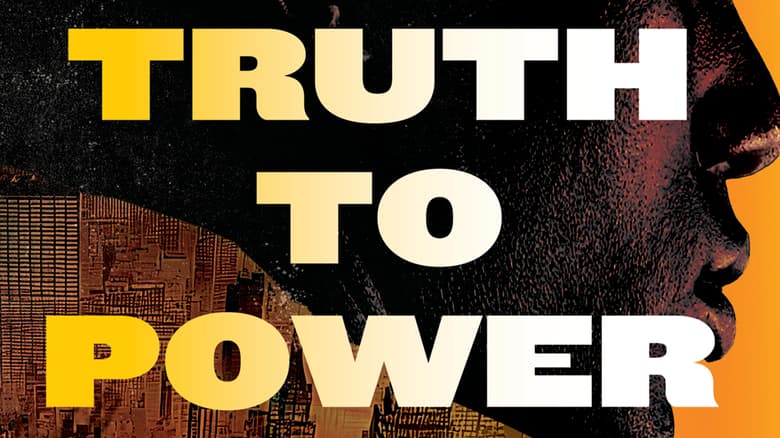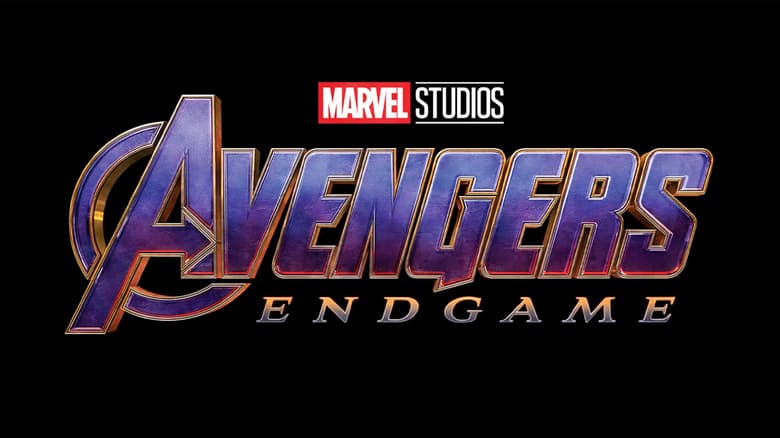Explore Steve Rogers' Adventures Decade by Decade with 'Marvel's Captain America: The First 80 Years'
This deluxe collector's edition is now available! Read an excerpt now!
Eighty years ago, as the free world was threatened by fascism, a Super Hero was created to boost morale, offering a symbol of hope. Created by master storytellers Joe Simon and Jack Kirby, Captain America wore the colors of the bold red, white, and blue American flag.
Steve Rogers, the Star-Spangled Man with the Plan, first appeared in CAPTAIN AMERICA COMICS #1 in March 1941. In celebration of the 80th anniversary of Cap's first appearance, Titan Publishing is releasing Marvel's Captain America: The First 80 Years, which is now available everywhere books are sold.
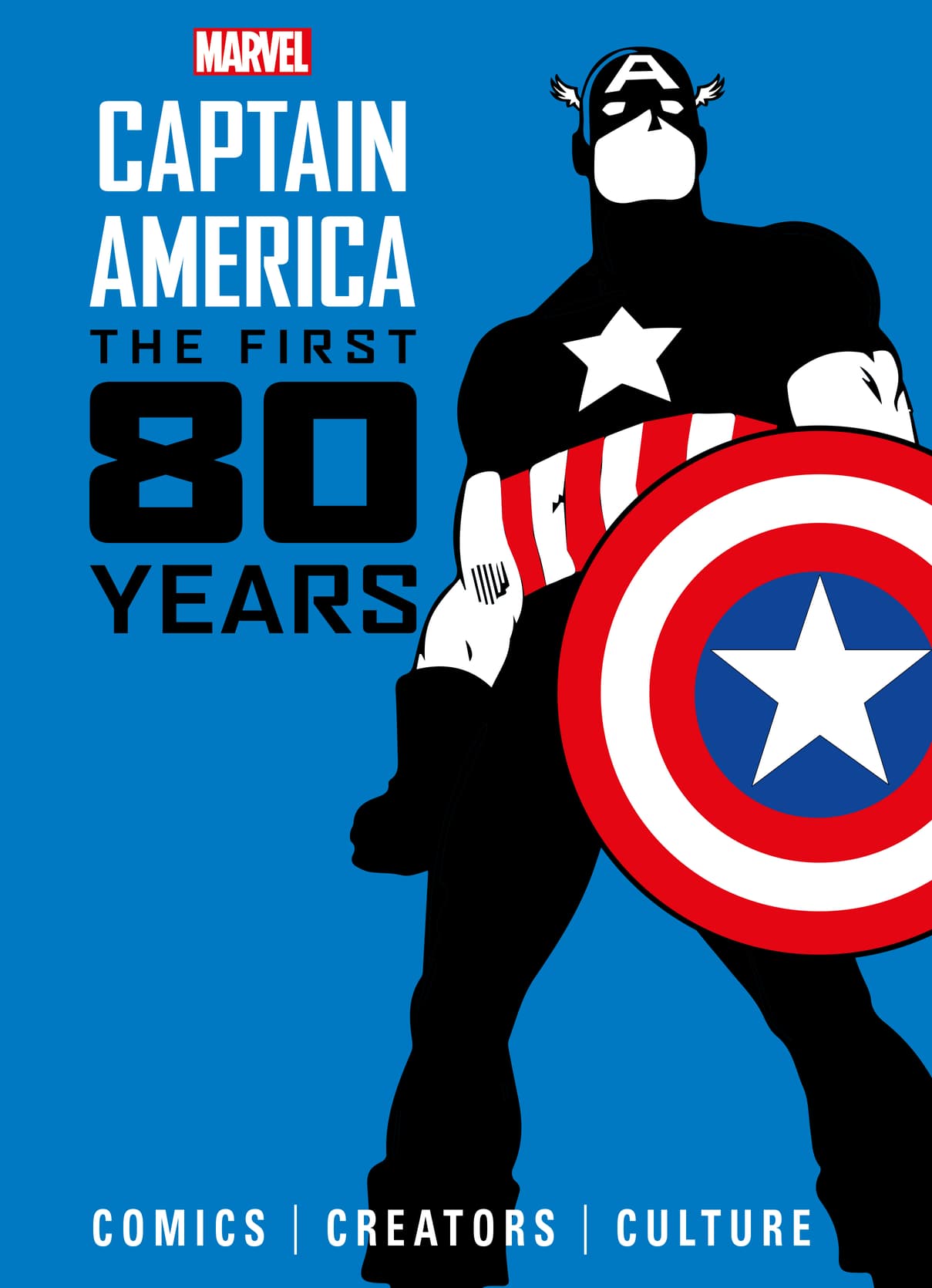
[RELATED: Spend the Fourth with these Captain America Reads]
Marvel's Captain America: The First 80 Years covers the milestones in the creation of the comic book adventures of the Super Soldier, featuring covers, comic art, behind-the-scenes facts and information about the authors and artists who brought the legend to life!
This deluxe volume explores Captain America's adventures decade by decade from his inception to the modern symbol of justice he is today. With vintage art from the Marvel vaults and profiles of the creators behind the icon, this special tribute presents a unique guide to one of Marvel's most enduring heroes.
In addition to the main hardcover above, Titan Publishing is releasing exclusive versions of Marvel's Captain America: The First 80 Years with comic retailers. You can see the other editions in the gallery below. Our friends at Titan have also shared with us a couple interior spreads, as well as an exclusive excerpt!
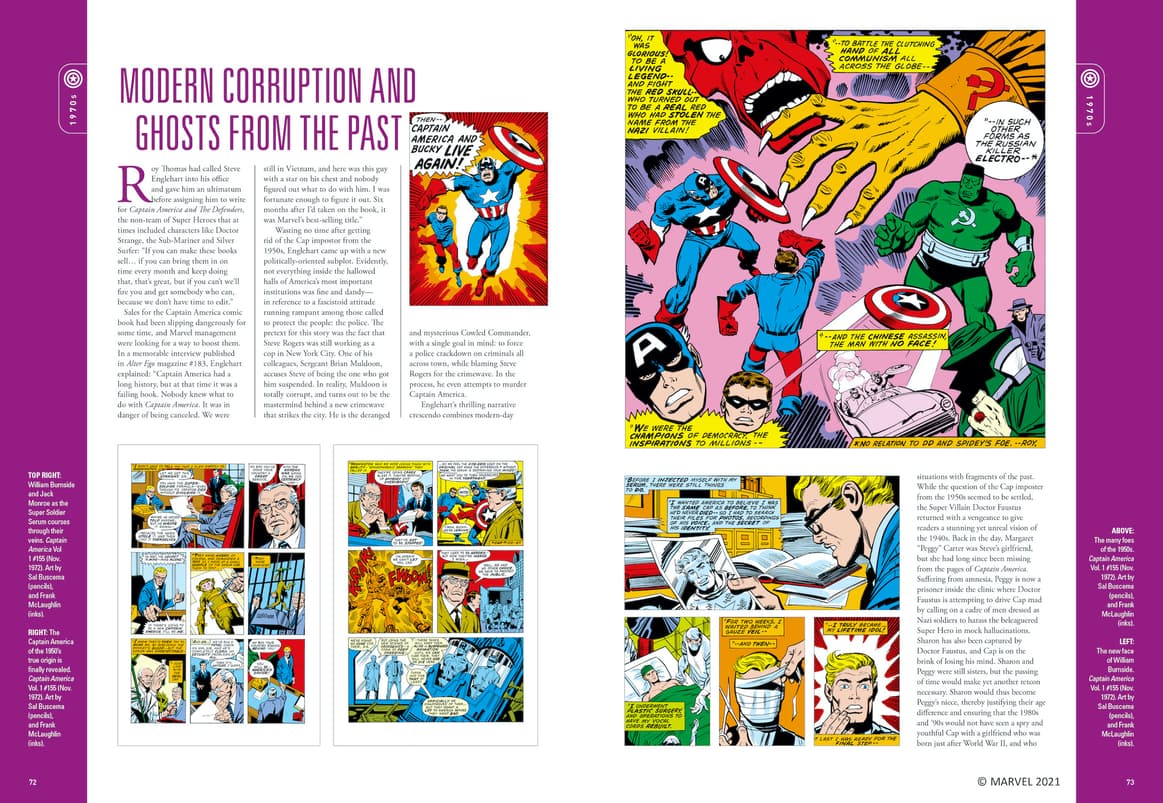
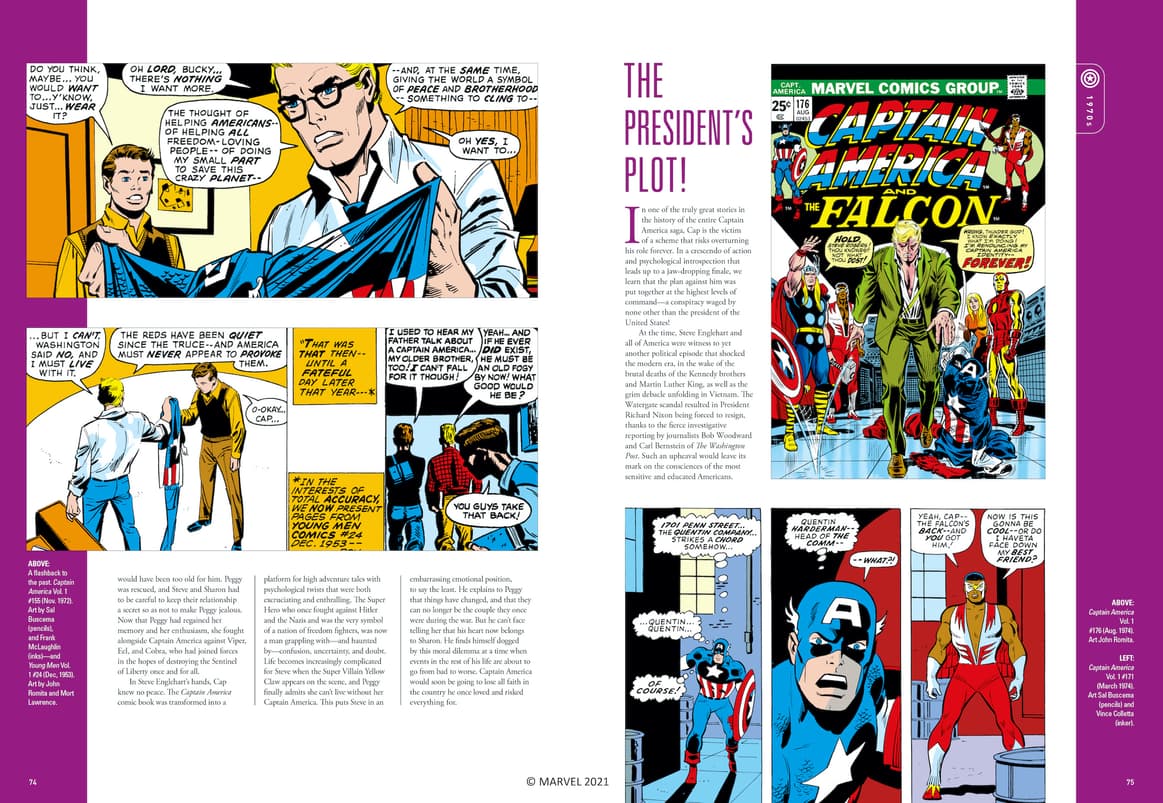

EXCERPT: "THE PRESIDENT’S PLOT"
In one of the truly great stories in the history of the entire Captain America saga, Cap is the victim of a scheme that risks overturning his role forever. In a crescendo of action and psychological introspection that leads up to a jaw-dropping finale, we learn that the plan against him was put together at the highest levels of command—a conspiracy waged by none other than the president of the United States!
At the time, Steve Englehart and all of America were witness to yet another political episode that shocked the modern era, in the wake of the brutal deaths of the Kennedy brothers and Martin Luther King, as well as the grim debacle unfolding in Vietnam. The Watergate scandal resulted in President Richard Nixon being forced to resign, thanks to the fierce investigative reporting by journalists Bob Woodward and Carl Bernstein of The Washington Post. Such an upheaval would leave its mark on the consciences of the most sensitive and educated Americans.
Englehart took it upon himself to use comic books to denounce the deep-seated crisis of a country that he, like so many others, had stopped believing in, and came up with a run, known as The Secret Empire, that would go down in history for the audacity the author showed in his treatment of current events and his determination to take sides. It’s a work that foreshadows many of today’s themes, with relevance and urgency that still ring strong.
Cap, frazzled by the firestorm of events surrounding him, finds himself the target of a media campaign waged by Quentin Harderman, leader of the Committee to Regain America’s Principles, an obvious reference to the right wing nationalist groups that were establishing a foothold in the United States at the time. Harderman has a plan, and claims he’ll change his tune regarding Cap in exchange for Cap’s participation at a fund-raising event. The event is also attended by John Keane, aka the Acrobat, an enemy who managed to escape from Captain America during a robbery just days earlier. Cap lets his instincts get the best of him and throws himself on Keane, who suddenly drops to the ground, dead. Reporters and the crowd who witness the scene assume it was Cap who killed him, and not the invisible death ray fired from the sidelines by Moonstone, another Super Villain who’s part of Harderman’s plan. Public opinion lashes out against Cap, as if his glorious past no longer counted for anything. Not even the Falcon, demoralized after losing his superpowers, can help him. As the events unfurl, he happens to be in Wakanda, where Black Panther has promised to equip his new costume with all the tools he needs, including wings, that will give him the power of flight.
Captain America would never dream of breaking the law, and submits peacefully to incarceration, confident that the truth will eventually come out and that the charge of murder against him will be dropped. However, he is completely ignorant of the nefarious plot to ruin him. When commandos raid the prison to free him, it appears to be a clear sign of his guilt that will only serve to make things worse for him. Though Cap puts up a fight, they knock him out with sleeping gas and haul him off. Everyone thinks he has escaped of his own volition. The Falcon and Black Panther come to his aid and free him from the commandos, but by this point Cap is considered a fugitive wanted for murder. The only way to prove his innocence is to uncover the evidence of a plot aimed at getting rid of him for good.
With help from the X-Men, Cap and Falcon succeed in penetrating the base of the Secret Empire, where they discover that the leader of the entire organization is the most powerful man in the United States: the leader of the free world! The name Nixon is never mentioned. “It was my own self-censorship.”
Steve Englehart later revealed to Alter Ego—but the characters’ portrayal and words—the words of a man about to commit suicide once his cover has been blown—leave no room for doubt. It was the man under the hood that had been working against Cap and his country all this time, the president of the United States, who was also in cahoots with the multinational
corporation Roxxon, a reference to the oil companies of the time. America was under attack by a perverse alliance involving powers political and economic—a theme that still has
relevance even today.
“I created an analogue to Watergate,” added Englehart forty years after the story was first published, with a show of appreciation for the enormous intellectual and ideological freedom he enjoyed while working for Marvel. “With great freedom comes great responsibility… Nobody at Marvel nor I myself thought that going there and doing that sort of story was going to create a problem. The editorial people, whoever that was at the time, just said, ‘Great comic, keep going.”
Cap won out, but he also lost. In Englehart’s mind, Steve Rogers could not accept the fact that the President was ever involved in a scandal that laid waste to the very bedrock of the United States Constitution. Therefore, there was no alternative: Captain America Must Die!—the title of CAPTAIN AMERICA #176. Once again, this issue had another amazing, evocative cover courtesy of John Romita, where we see Steve Rogers, looking as dapper as ever in his civies, tossing his Super Hero’s costume on the floor and walking away. The Avengers are in the background, pleading with him to reconsider his position. After all, in a
chaotic moment like this, his model of honesty and integrity was needed more than ever. Within the pages there was a momentous story being told in which Steve takes the time out to discuss the situation with each of his cohorts one on one. But in the end, theatrically, he informs them of his drastic decision. So long, Cap.
Pick up Marvel's Captain America: The First 80 Years now, everywhere books are sold!
Want to stay on top of everything in the Marvel Universe? Follow Marvel on social media—Twitter, Facebook, and Instagram—and keep watching Marvel.com for more news!
The Daily Bugle
Can’t-miss news and updates from across the Marvel Universe!

